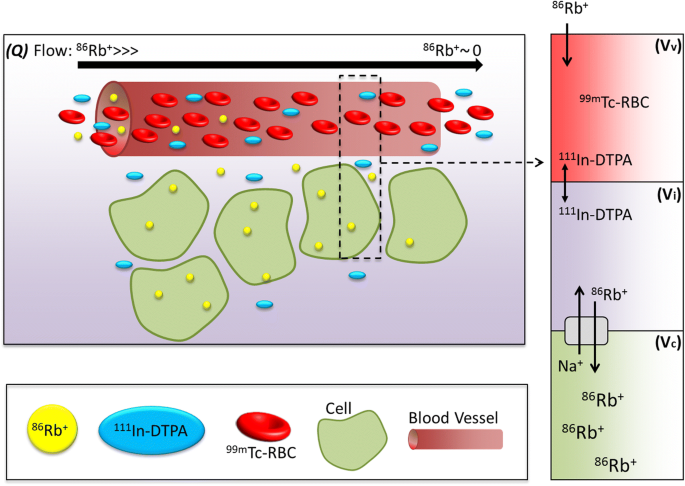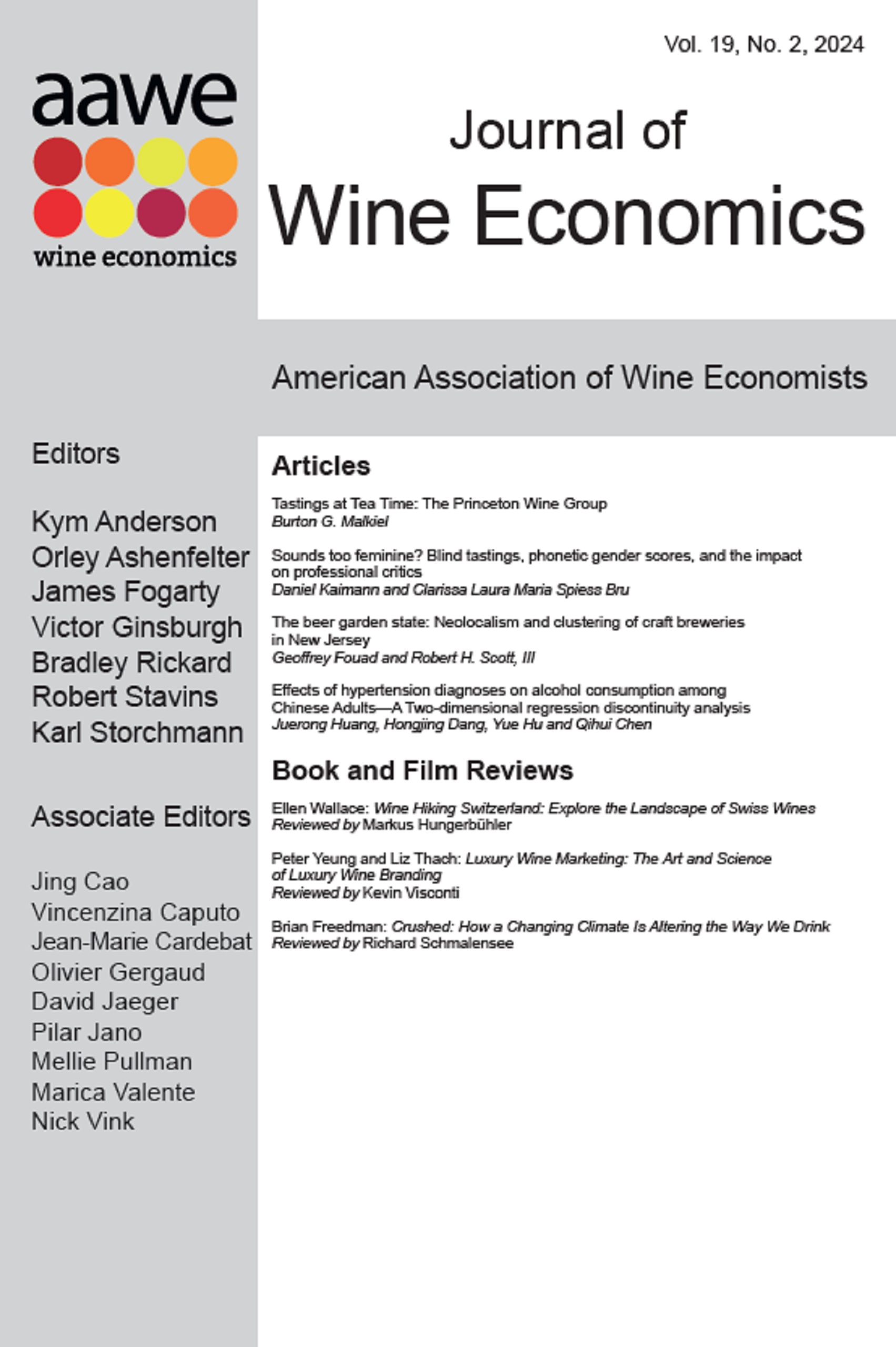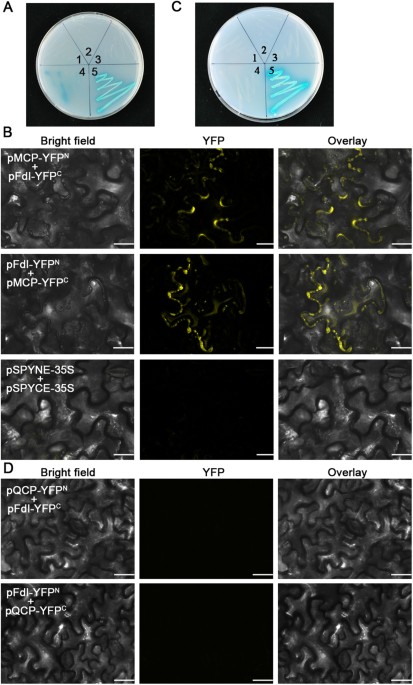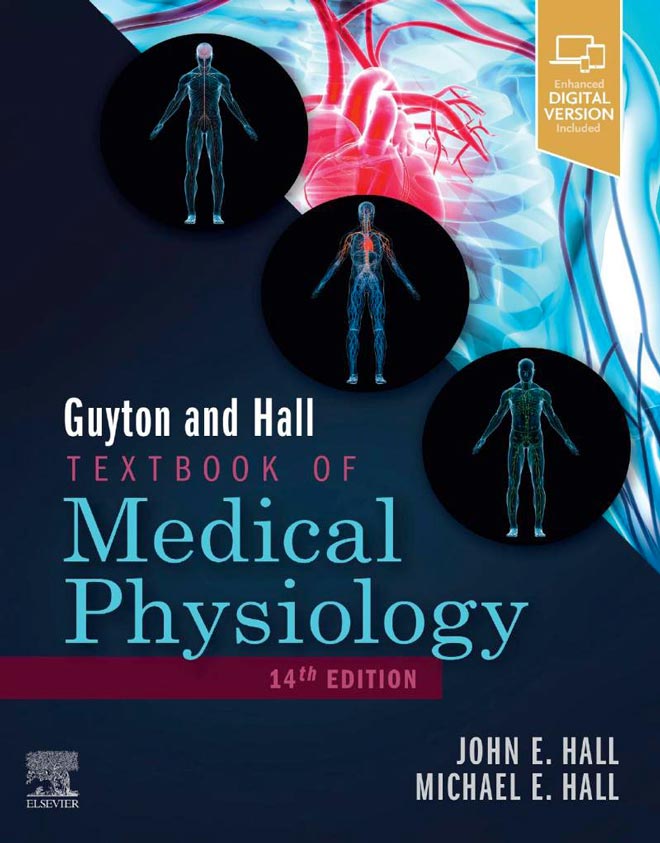Physiologia, Free Full-Text
Por um escritor misterioso
Descrição
Atrial fibrillation (AF) is characterized by disorganized rapid atrial electrical activity, which leads to impaired atrial function, adverse hemodynamic effects, and increased thromboembolic risk. The paroxysmal forms of AF can be effectively treated with current pharmacological and non-pharmacological modalities by targeting the arrhythmia triggers. Persistent AF, however, is more difficult to treat due to remodeling processes which may become major factors in the maintenance of the arrhythmia, rendering trigger-targeting treatment options less effective. We will systematically review the recent findings of the development and maintenance of persistent AF, including genetic, cellular, organ level, and systemic processes. As AF remains the most common sustained arrhythmia with the ongoing need to find effective treatment, we will also discuss potential treatment options targeting the remodeling processes.

Tissue Physiology of Cynomolgus Monkeys: Cross-Species Comparison and Implications for Translational Pharmacology

Sodium Chloride (NaCl)-Induced Physiological Alteration and Oxidative Stress Generation in Pisum sativum (L.): A Toxicity Assessment

The Impact of Climate Change on Viticulture and Wine Quality*, Journal of Wine Economics

Cucumber mosaic virus coat protein induces the development of chlorotic symptoms through interacting with the chloroplast ferredoxin I protein

Response of total phenols, flavonoids, minerals, and amino acids of four edible fern species to four shading treatments [PeerJ]

Computational modeling and quantitative physiology reveal central parameters for brassinosteroid-regulated early cell physiological processes linked to elongation growth of the Arabidopsis root

Physiologia, Free Full-Text

Multisystem physiological perspective of human frailty and its modulation by physical activity

Guyton and Hall Textbook of Medical Physiology, 14th Edition
de
por adulto (o preço varia de acordo com o tamanho do grupo)







